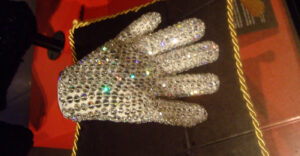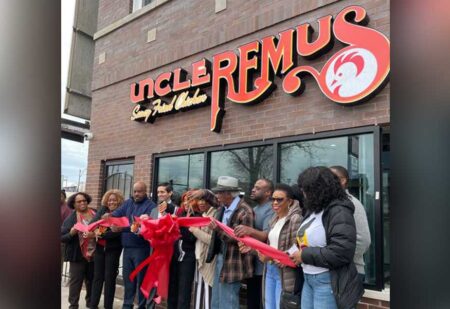On a suburban street with smooth lawns and trimmed bushes, Martha Chiplis’ yard stands out. It’s not just the wildflowers: purple wild petunia, golden lanceleaf coreopsis, hot-pink Bush’s poppy mallow. It’s the lemon-yellow goldfinches that snack on the seeds, the fluffy bees that feed on the blooms.
And then there’s the star of the show: a monarch butterfly that descends within minutes.
The orange and black showstopper flies low and circles twice, so close that you can almost reach out and touch it.
“Oh! Yea!” says Chiplis, 58, of Berwyn. “They’ve been flying around all morning.”
At a time when monarch butterflies are struggling for survival, Chiplis is one of over 400 home gardeners throughout the Chicago area who have participated in a four-year Field Museum research project aimed at understanding how urban areas can provide much-needed habitat for the iconic insects.
The gardeners, who range from beginners with one milkweed plant to veterans with hundreds, have collected detailed data on monarchs, eggs and caterpillars in their yards, decks, community gardens and balconies — contributing up to 1,800 records each summer.
“We hope when we publish that it will show that these gardens can support (monarchs),” said Karen Klinger, a geographic information systems analyst at the Field Museum. ”It depends on the year, but one year people saw 7,000 eggs. So there are butterflies that are coming out of these native gardens.”
With experts calling for an “all hands on deck” approach to saving the monarch that includes planting milkweed in parks, agricultural areas and rights of way, Field Museum researchers, who concluded the garden-monitoring phase of their work in 2022, are now analyzing data that they hope will contribute to our understanding of how much private citizens’ backyard milkweed plantings can do for monarchs.
Klinger and Field Museum lead conservation ecologist Aster Hasle were among the co-authors of a 2019 study in Frontiers in Ecology and Evolution that found that four large metro areas, including Chicagoland, have higher amounts of milkweed than previously assumed.
The researchers, who did random sampling of existing milkweed, estimated that the Chicago area had 15.3 million stems. And they found that there was enough available green space here — much of it lawn — to add 1.4 million stems of milkweed if just 2% of all owners of available green space planted a reasonable amount of milkweed.
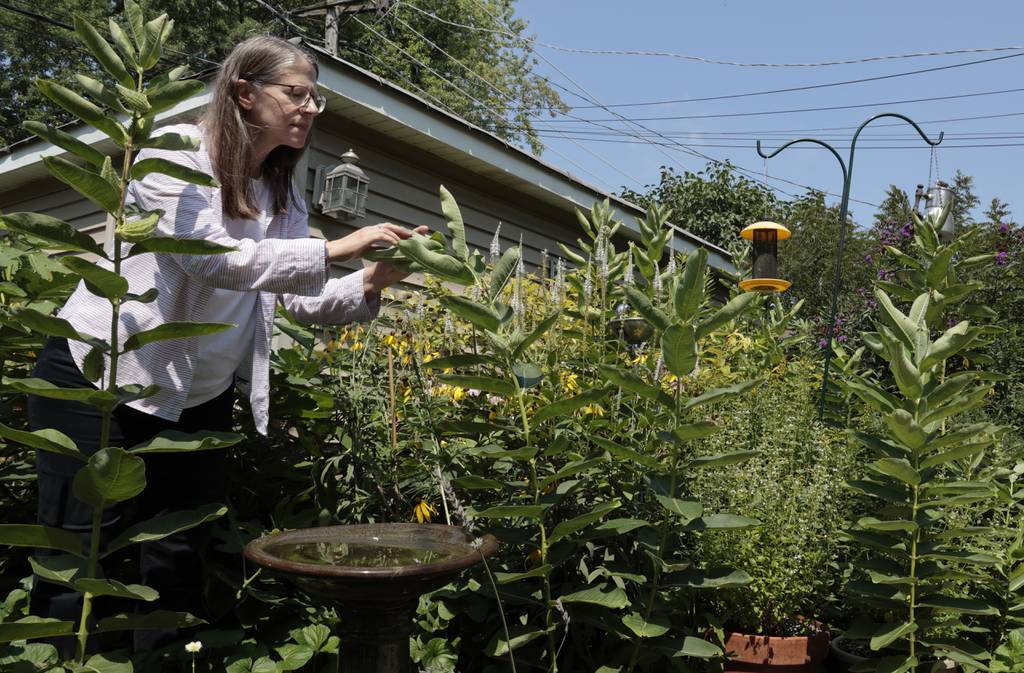
That’s important at a time when experts say that planting milkweed is vital to the survival of the Eastern monarch population, which is estimated to be down by more than 80% since the 1990s.
“Cities could provide up to one-third of the milkweed thought to be needed to stabilize the population,” said Hasle.
Hasle and Klinger couldn’t get into peoples’ backyards to count milkweed for the 2019 study, so they decided to recruit volunteers who would help them understand more about that aspect of the monarch survival puzzle.
“There is a huge opportunity,” for researchers to learn from residential gardens, Hasle said.
Monarch fever builds in Chicago in mid-September, when butterflies migrating to Mexico typically pass through the region in large numbers, settling on trees by the hundreds.
But Eastern monarchs, which in some cases make that remarkable journey of up to 3,000 miles, have been in steep decline since the 1990s, when pesticide use in farm fields destroyed milkweed, the plant where the insect lays virtually all of its eggs.
In one striking example, there was an estimated 97% decrease in milkweed density in Iowa farm fields from 1999 to 2009, according to a 2018 review of existing studies in the journal Insect Science.
With the monarch qualifying for federal endangered status in 2020 — although not yet obtaining it, due to a wait list — planting milkweed has been embraced by scientists, citizens, nonprofits and government agencies.
Parks, nature preserves, agricultural areas and rights of way have all been targeted. But the call has also gone out to people who garden at home, and some research indicates that home gardens are promising sources of monarch habitat.
The gardens in the Field Museum’s current study include some scrappy underdogs.

As recently as 2015, a lot of people thought you couldn’t grow native plants in pots, Hasle said, but study participants grew milkweed on balconies.
One gardener took photos of milkweed in a single plastic pot — straight from the plant store. The plant hosted a caterpillar, then a chrysalis — a green podlike structure in which a caterpillar matures into a butterfly — and then an adult butterfly.
Another study participant, who lived in a condo building, grew milkweed on the roof.
“The number of caterpillars on those plants was amazing,” Klinger said. “(Monarchs) can climb up 20 stories, and lay their eggs.”
Monarchs also proved adept at finding the smallest patches of milkweed — often soon after planting.
Being a volunteer monarch monitor wasn’t as easy as the researchers had hoped. The average study participant spent about a half an hour, once a week, checking each leaf of their milkweed plant or plants for eggs and caterpillars. For those with 100 stems, that process could take more than an hour.
The work could also be emotionally challenging.
If a female lays 200 eggs, maybe two will go on to become butterflies, Hasle said.
As a result, at least 30% of monitors weren’t seeing any eggs in a given week.
“When we asked people why they left the project, one of the reasons was, ‘This was hard to watch,’ ” Hasle said.
But there were successes too.
“I feel like we’ve seen monarchs every day for the past several weeks,” Chiplis said recently.
Chiplis, a graphic designer, and her husband, John Dunlevy, have set up a cafe table and chairs in their small but scenic backyard — a symphony of native plants that includes ironweed, milkweed and gray-headed coneflower.
Native-plant gardeners for 11 years, Chiplis and Dunlevy enjoy an array of butterflies and insects — bright blue, lime green, and striped in cherry red — as well as birds and big yellow swallowtail butterflies.
Chiplis is drawn to bestselling author Douglas W. Tallamy’s proposal for a “Homegrown National Park,” in which individual yards planted with natives help form broad swaths of healthy habitat for small animals including butterflies and birds.
“If everyone plants a small amount, that will make a big difference,” Chiplis said.
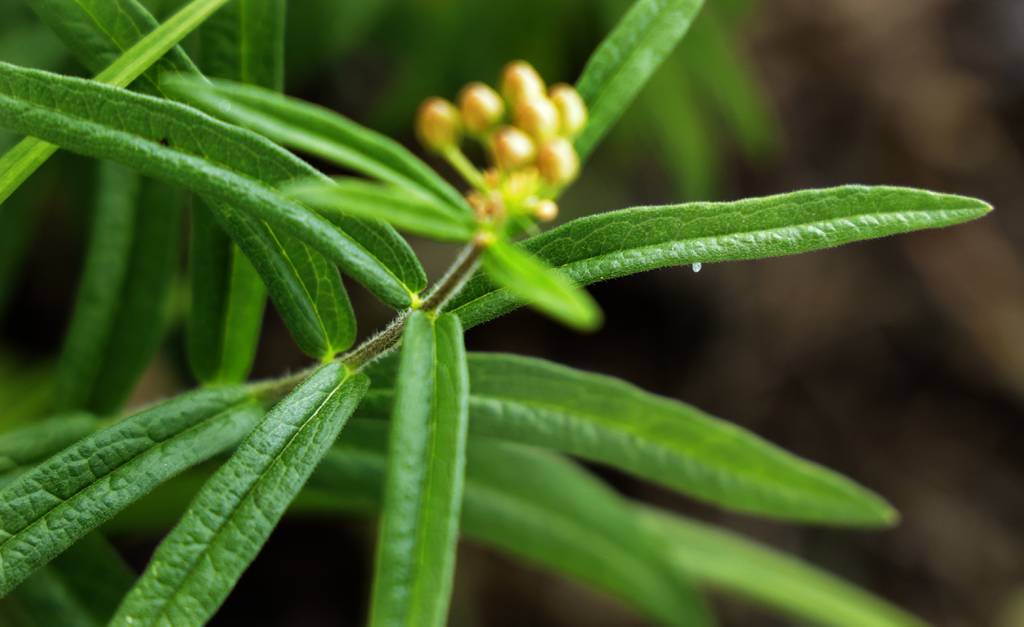
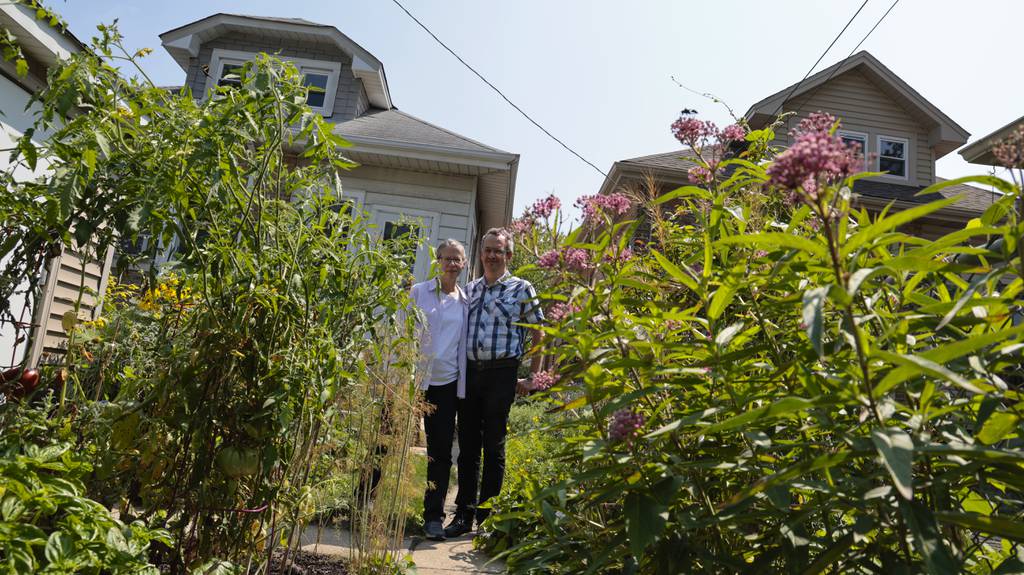
That vision depends on a wider adoption of native plants, which remain a tough sell in some neighborhoods.
Still, there are signs of change.
[ More homeowners in Illinois are saying yes to No Mow May and letting lawns grow wild ]
The Wisconsin-based native plant nonprofit Wild Ones has seen a surge in membership, according to executive assistant Rachel Jaschob. The group, which supports native plant gardening and holds plant sales, has gone from 4,300 members nationwide in January 2021 to 8,100 in January 2023.
On Facebook, the Northern Illinois Native Plant Gardeners group, which Julie Berggren of Wilmette cofounded six years ago, has grown to 5,800 members.
“It just blew up,” said Berggren, a hospital chaplain. “Everybody is doing a native garden now. It’s really exciting.”
The group’s moderator, Robert Sullivan, attributed the growth to a number of factors, including concern about climate change, Tallamy’s books, recent news articles about the decline of insect populations and concern about the fate of the monarch butterfly.
“I think all of that coming together is really getting people a lot more sensitive to the problems we’re facing with pollinators, but they also understand that there is something they can do to help,” Sullivan said.
During an interview with Klinger and Hasle at the Field Museum’s 100,000-square-foot Rice native plant garden, purple and gold blossoms reached for the sky, common milkweed grew in thick patches, and gemlike bursts of color — delicate violet-blue hoary vervain, bright orange butterfly weed — studded lush greenery.
The mood was upbeat as the researchers noted that this native plant showplace, which opened in 2018, was once just lawn and yew bushes.
“This is our largest exhibit, so — ” Klinger said.
“Suck it, dinosaurs!” Hasle gleefully interjected.
Smaller residential gardens got similarly enthusiastic shout-outs from the researchers, who would like to continue to partner with home gardeners for another insect research project.
“The best garden is the one that people are willing to plant,” Hasle said.
“That’s the key,” Klinger agreed.
Hasle continued: “Twelve milkweeds is better than one, but —”
“One milkweed is better than none,” Klinger chimed in. “We’re all about even one milkweed.”

